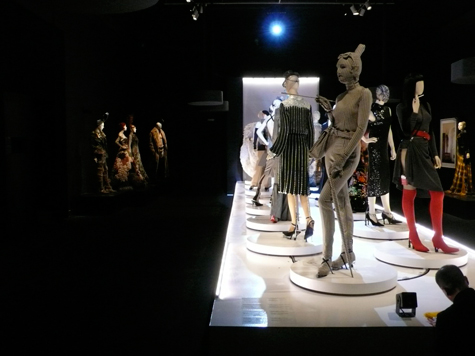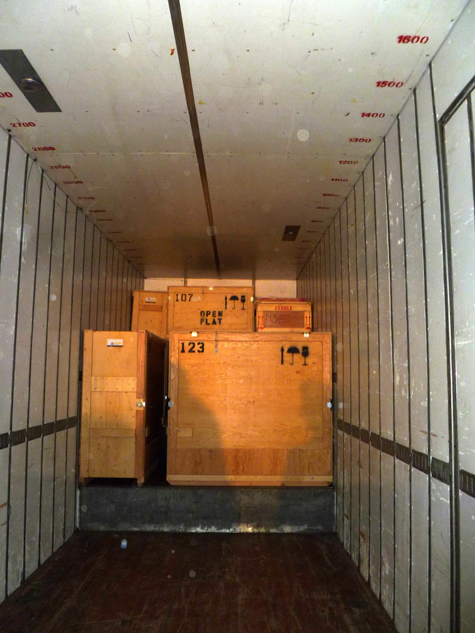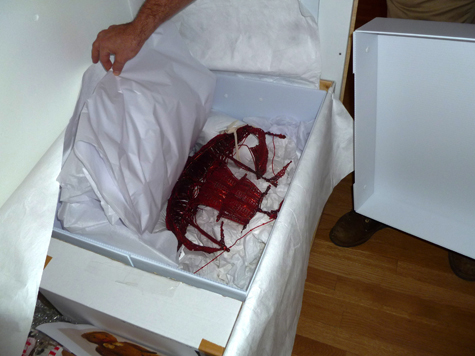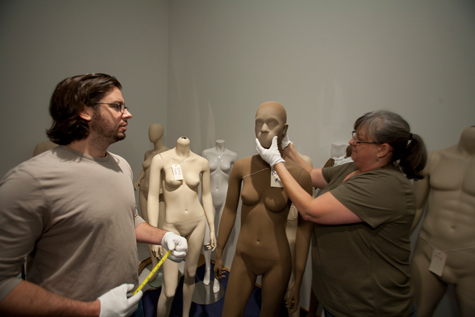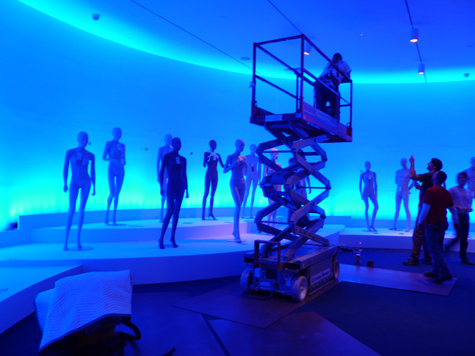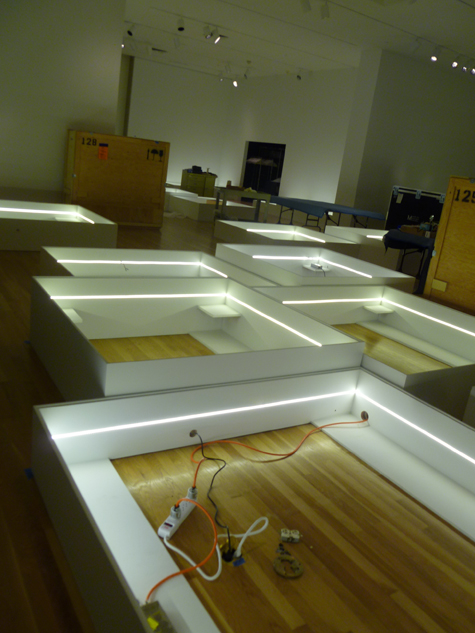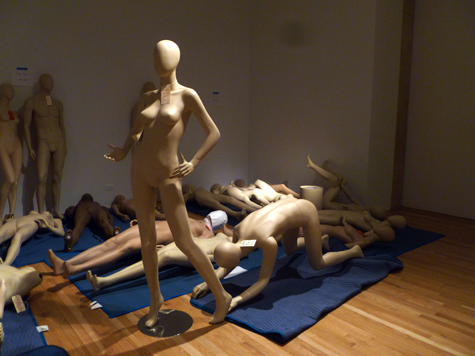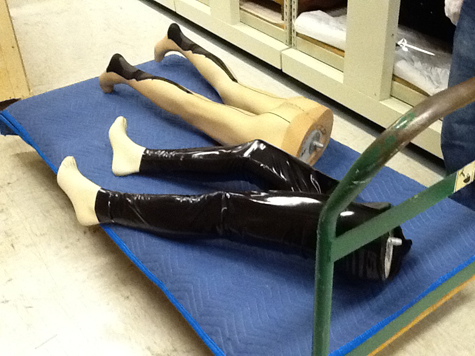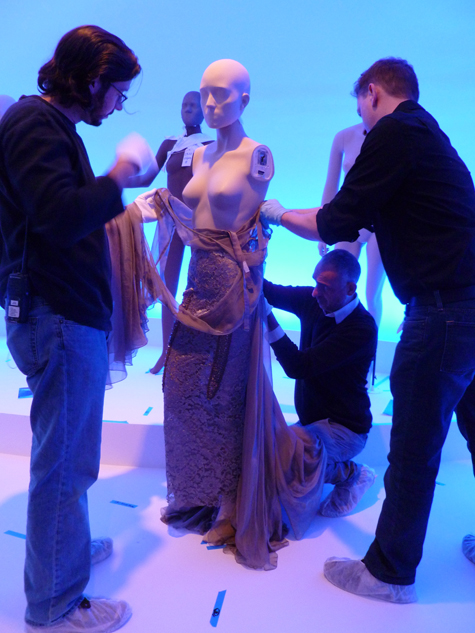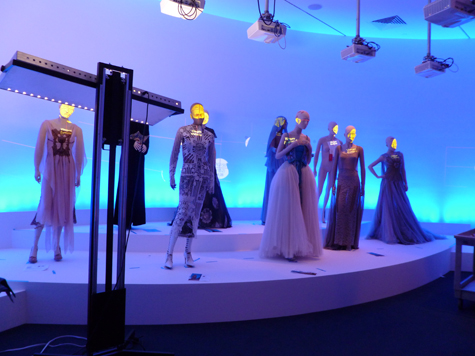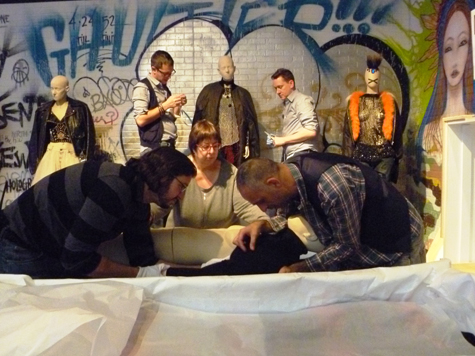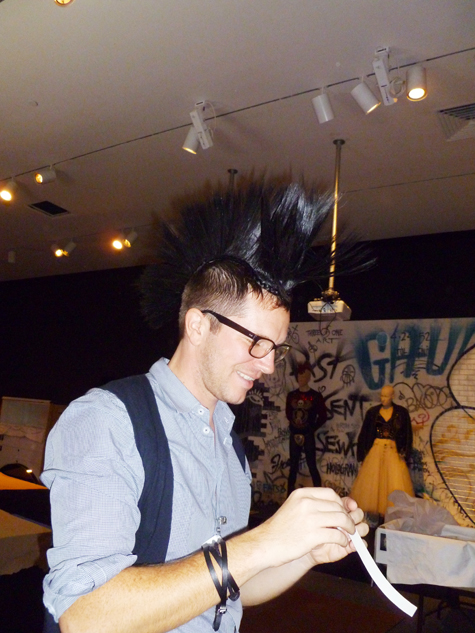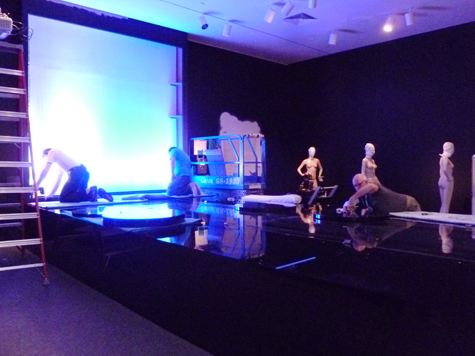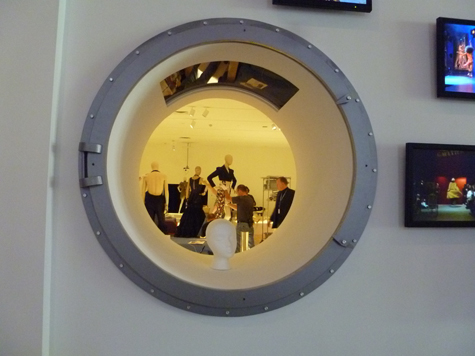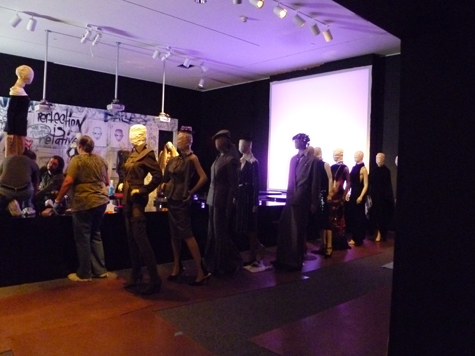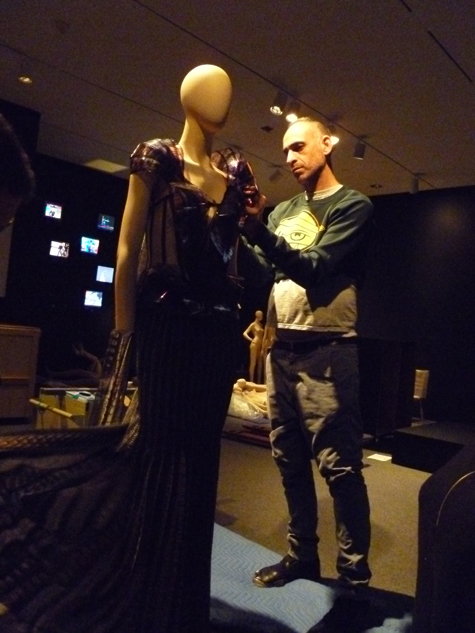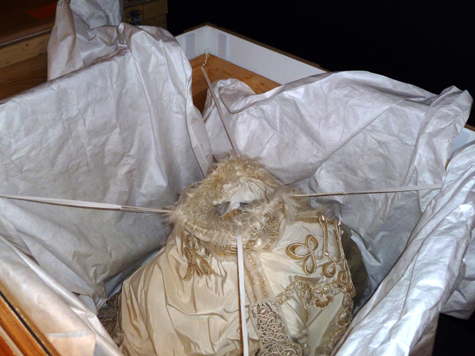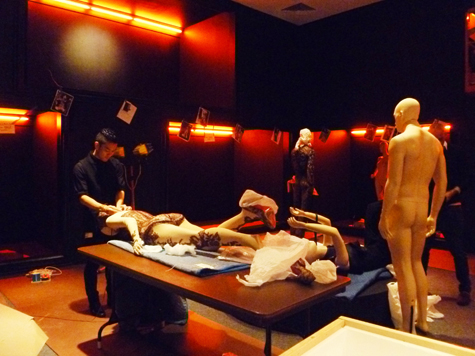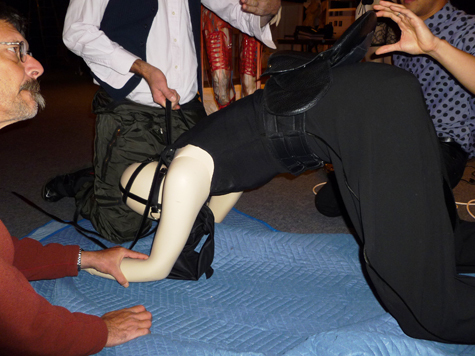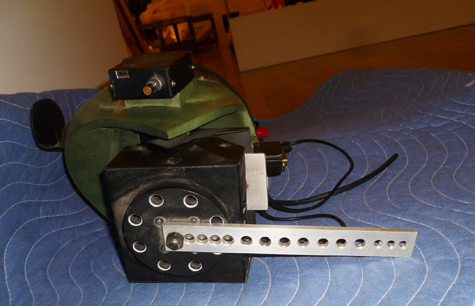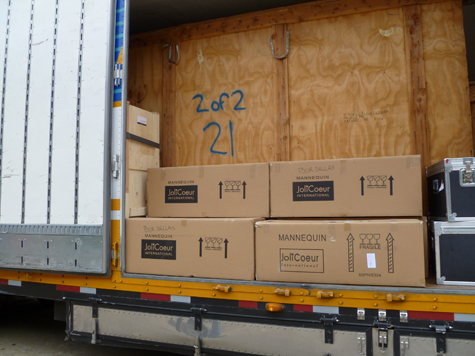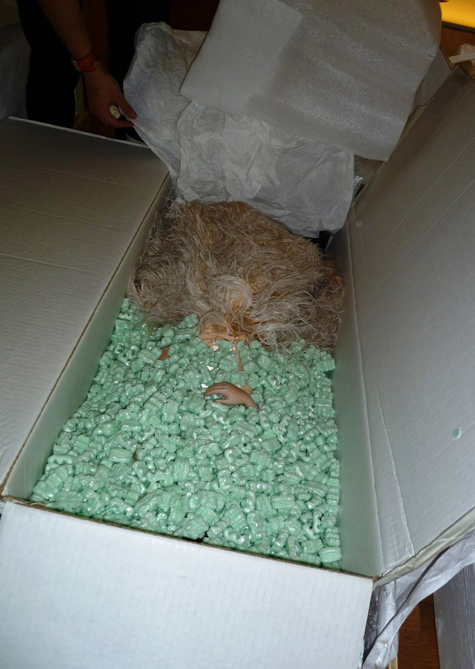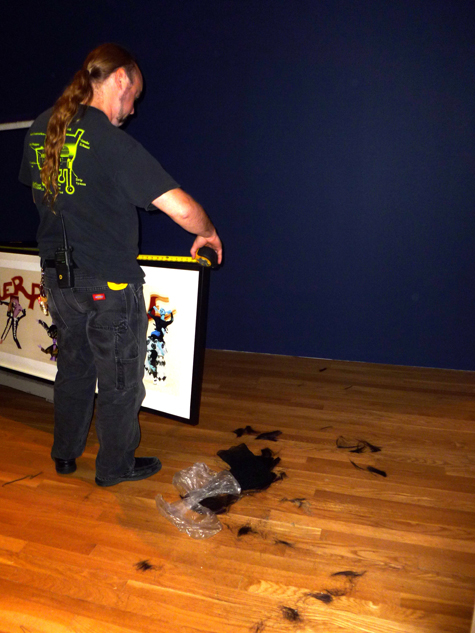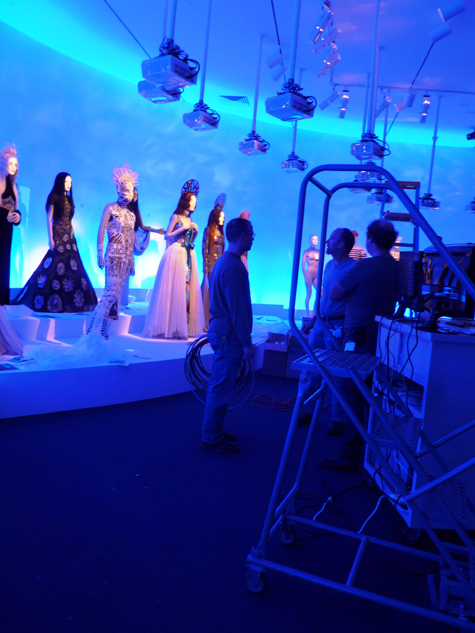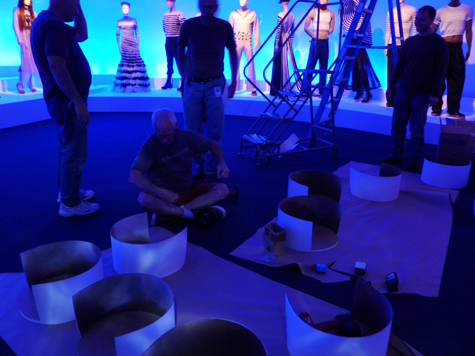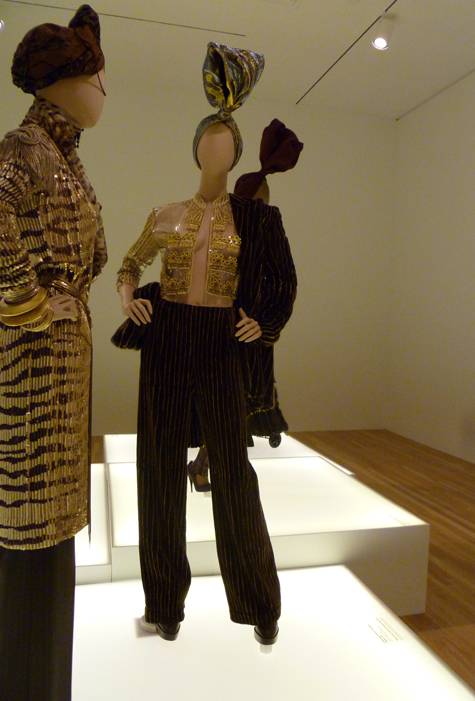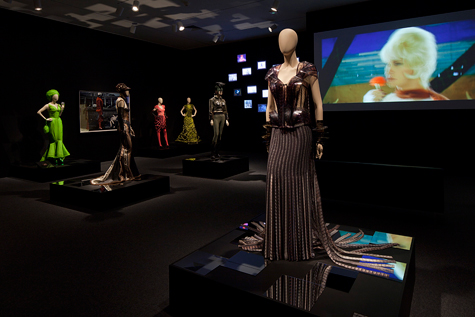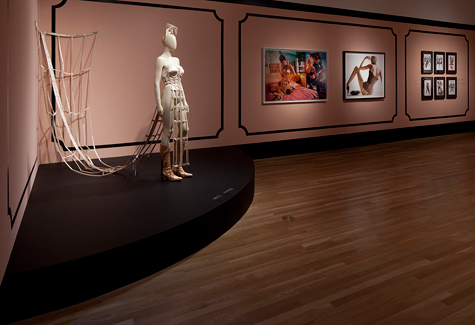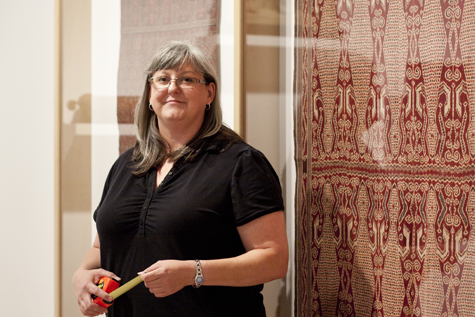Uncrated stopped by the IT Department and caught up with Jessica Heimberg, Senior Developer, to learn more about her role here at the DMA. She can typically be found hiding behind two large monitors on her desk.
Describe your job in fifty words or less.
I work in the Information Technology Department. My official title is Senior Developer, but I am more like the MacGyver of tech projects and all things IT. (For those of you who missed this TV series, MacGyver was a non-gun-toting secret agent who improvised gadgets to solve crimes.)
What might an average day entail?
It could start with an update meeting and nice espresso, courtesy of DMA Deputy Director Rob Stein, or it could start with a flooded closet and fried switches. Depending on the day, I may be writing code, managing a project, creating documentation, trouble-shooting software, (politely) arguing with a vendor, walking with the cable dudes through a dusty construction site, or trying to figure out why someone’s e-mail worked on their iPhone yesterday but not today. Actually, I think I just described my Tuesday a few weeks ago.
How would you describe the best part of your job and its biggest challenges?
The best part of my job is that by helping create new programs, and supporting the DMA and its staff, I get to play a public service role in my city, and that makes me proud. I feel more than ever that people need art, music, playgrounds, and parks.
One of the more challenging and equally exciting effects of working in a small department is that we have to manage a lot of IT without a lot of staff. This definitely forces efficiencies, and we get to apply real creativity to problem solving. By nature and training, I tend to create schedules and plans. I like to maintain order and do my best to make working on projects as low stress as possible, but as anyone who’s ever worked on ANYTHING knows, even best-laid plans can get monkey-wrenched, and I have learned that some of the best ideas come out of the rubble of an initial plan.
Growing up, what type of career did you envision yourself in? Did you think you’d work in an art museum?
I was going to be Indiana Jones—am I dating myself here? In a past life (yes, I am older), I worked in the fashion industry, and then in corporate settings, but always gravitated toward the arts, science, and nature to find balance and inspiration.
What is your favorite work in the DMA’s collection?
Just one? Not possible to pick just one.
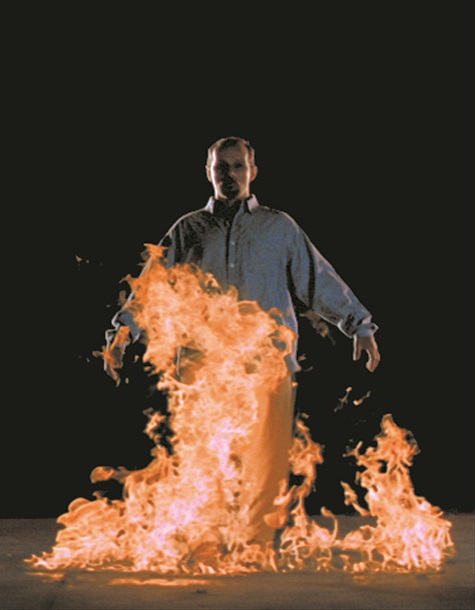
Bill Viola, The Crossing, Channel 1 – “Fire,” 1996, two-channel video/sound installation, Dallas Museum of Art, Lay Family Acquisition Fund, General Acquisitions Fund, and gifts from an anonymous donor, Howard E. Rachofsky, Gayle Stoffel, Mr. and Mrs. William T. Solomon, Catherine and Will Rose, and Emily and Steve Summers, in honor of Deedie Rose, (c) Bill Viola, Long Beach, California
I have always loved The Crossing, by Bill Viola. At my last job, at least once a week I would take lunch at the DMA and wander the galleries for an hour just to clear my head. I remember when the Viola was installed and how exciting it was to walk into this big, dark space and stand in front of the projection, watching. I visited the thing three or four times before realizing it had a whole other side! I fell in love with it a second time. I know it is a digital piece, but something about the scale and pace of it strikes me as very human, and it is comforting to me.
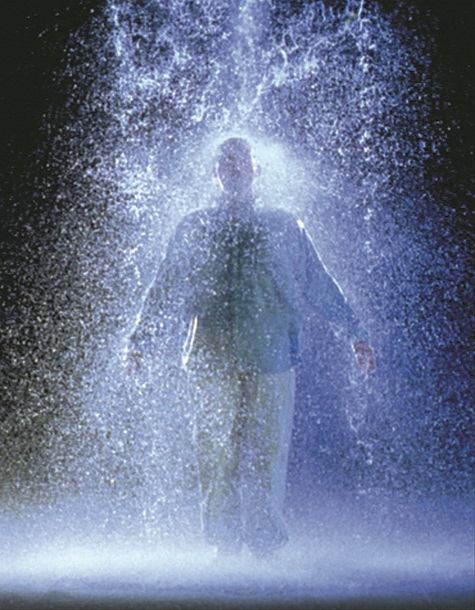
Bill Viola, The Crossing, Channel 2 – “Water,” 1996, two-channel video/sound installation, Dallas Museum of Art, Lay Family Acquisition Fund, General Acquisitions Fund, and gifts from an anonymous donor, Howard E. Rachofsky, Gayle Stoffel, Mr. and Mrs. William T. Solomon, Catherine and Will Rose, and Emily and Steve Summers, in honor of Deedie Rose, (c) Bill Viola, Long Beach, California
Is there a past exhibition that stands out in your mind as a favorite, or is there a particular upcoming show you’re looking forward to seeing?
Oh, gosh – so many! I thoroughly enjoyed the “blockbuster” exhibitions like Tutankhamun and the Golden Age of the Pharaohs and especially The Fashion World of Jean Paul Gaultier: From the Sidewalk to the Catwalk, but most of my favorites have been mounted by our own curatorial staff. I loved Coastlines: Images of Land and Sea, The Mourners: Medieval Tomb Sculptures from the Court of Burgundy, African Masks: The Art of Disguise, Omer Fast: 5000 Feet Is the Best, and the telling of a chunk of American history through Modernism in American Silver: 20th-Century Design. I think Nur: Light in Art and Science from the Islamic World, the Islamic art and culture exhibition opening in 2014, will be a stunner.
Jessica Heimberg is Senior Developer, Information Technology at the DMA.

